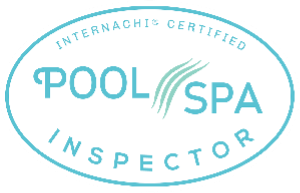Pool & Spa Inspections

Why Get a Pool & Spa Inspection?
A Professional Opinion is Vital in Pool Inspections
Here in the Palm Springs area, swimming pools are a well-known and well-used feature of our outdoor lifestyle. Clearly, it’s important to maintain a clean, safe, efficient and attractive pool/spa system. We are here to help you identify potential and/or current issues that may interfere with that enjoyment.
When Pool Inspections are Conducted
Nowadays home inspections are a standard part of purchasing a home. Most prospective buyers hire a professional to go through the house, checking plumbing, electrical and engineering to make sure everything is in good condition. When buying a house with a pool, it’s vital that that part of the purchase receive the same attention. That means it’s time to call in a pro who knows the features and potential pitfalls of a pool. We invite your questions and concerns as a part of this process.
Not all pool inspections are performed on behalf of prospective home buyers, though. We do get calls from those who have just had pools built, and they want to be sure that the builder did his job correctly. Other homeowners have inspections just to catch problems before they get out of hand. There are so many things that people aren’t aware of, especially if they don’t have a pool service.
What We Look For During a Pool Inspection
As you can see, there are multiple concerns for purchasing and/or maintaining your pool/spa system. We invite you to call us for a thorough examination of all structural and mechanical related matters relating to your pool/spa system for a fun summer with friends and family here in our beautiful desert!
What Can I Expect During My Pool Inspection?
Our reports state clearly what items are checked, if there are any items that need to be acted upon, and what should be done. Photos are a critical part of these reports, especially since we realize that the report will be read by laymen. (Please note the list of inspected items under the subheading “what we look for”)
During our follow-up, we take this time to make recommendations to homeowners on changes that might save money or make their pool more inviting. Pumps can be changed. Solar heat can be added, either to extend the swimming season, or to replace a gas heater. Our customers always appreciate knowing if rebates are available from their local utility for some of that equipment. Some pools might benefit by the addition of a chlorine generating system (aka: salt water system), and that may be brought to your attention.
Make the Smart Decision
Hire Cal-Spec Inspections for premier, personalized, and professional home inspections.

